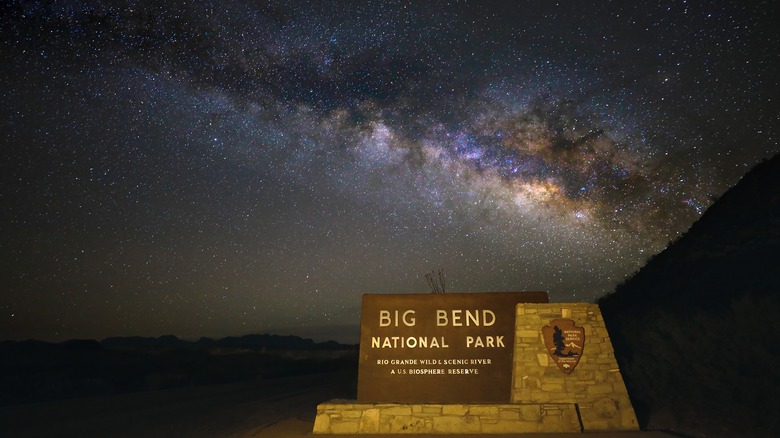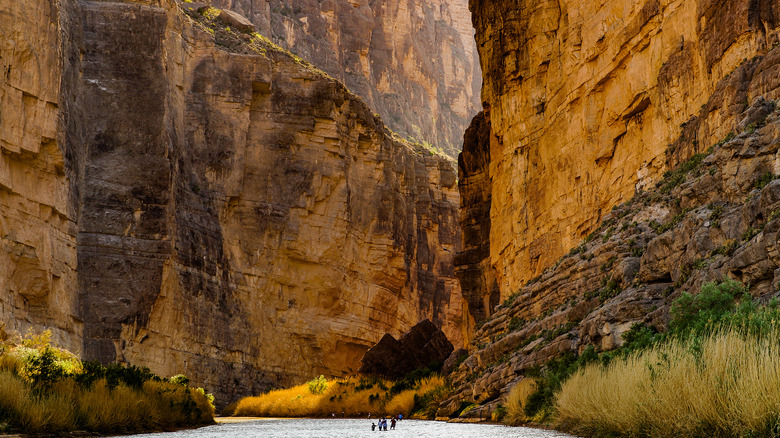Why Big Bend National Park Is Considered One Of The Most Dangerous In The U.S.
As isolated as it is and situated in the deserts of West Texas, Big Bend National Park is well-known for a variety of reasons. It is recognized as one of the best national parks for paddlesports, as well as one of the top U.S. destinations for mountains views. It has also been designated as an International Dark Sky Reserve. In fact, it is the largest dark certified place in the world! However, despite all of those accolades, it is also known as one of the most dangerous national parks in America.
So, how is it that one of the largest, yet least visited national parks is also one of the most dangerous? Well, each of those conditions has something to do with it. Given its vastness and rugged terrain, hikers and campers are often very isolated and difficult to find if they get lost or have another emergency. There are a number of creatures to beware of when adventuring in Big Bend as well. Additionally, due to its extreme weather conditions, dehydration and heat exhaustion are very real problems, as are the dangerous currents of the Rio Grande River. The park's location along the river, which is also the international border with Mexico, can be an issue as well, as illegal border crossings do happen in the area.
Keeping safe while adventuring in Big Bend National Park
Although Big Bend is among the most dangerous national parks in the United States, it is entirely possible to have an amazing and safe outdoor experience there. As is the case with any excursion, planning, preparation, and packing are the keys to having a safe visit to Big Bend. To that end, it is critical to address the main issues facing visitors to the park — dehydration and isolation.
Even if you don't go deep into the park, the intense heat — especially in the summer — can be a real issue and cause heat exhaustion and dehydration. The effects of dehydration on the body can put you in a dire situation, particularly if you happen to be in a remote portion of the park. If you plan to do any hiking or camping, be sure to bring plenty of water. Carrying a filter, such as the Lifestraw Personal Water Filter, is a good idea in case your supply runs low.
Considering that it covers over 1,200 square miles of very rugged terrain, it is important to plan out your route before hiking or backpacking in Big Bend. It is also necessary to equip yourself with navigation aids such as a compass and handheld GPS to help prevent becoming lost. However, even these steps do not guarantee against becoming lost. Given how remote the park is, it is important to know cell phone signals are not always reliable. So, it is a good idea to invest in a personal locator beacon so that you can be found quickly if you do become stranded in an isolated portion of the park.

